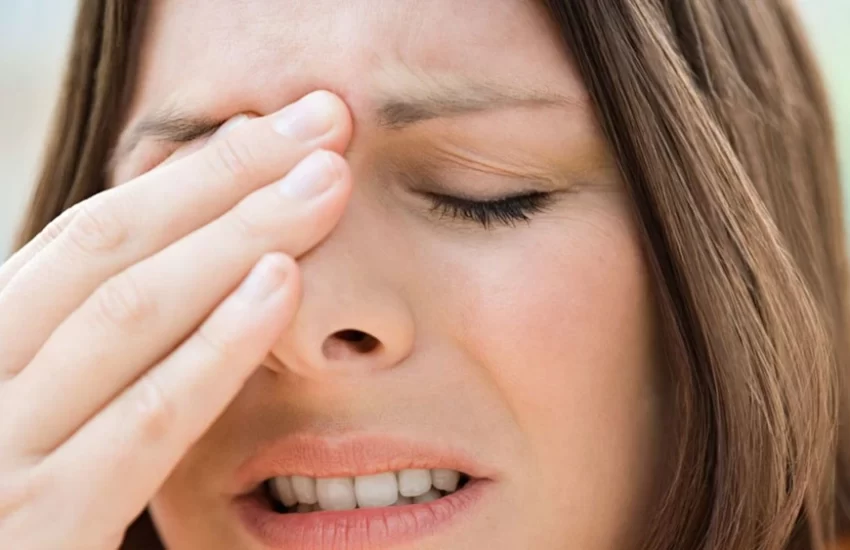Tinea Versicolor or Riksha Jihva is a skin disease that is manifested in the form of itching, redness, and circular patches. Itching and raised circular patches are characteristic of kapha dominance, whereas erythema (raga) and burning sensation (daha) are characteristics of vitiated pitta. Let’s discuss the prevention of Tinea Versicolor and Tinea Versicolor treatment in this article.
Causes of Skin Diseases – As Per Ayurveda
In Ayurveda, several causes are mentioned that cause skin diseases, such as:
Dietary Factors
If an individual consumes excess yogurt, fish, black gram, radish, sesame, jaggery, milk, and milk products, fermented foods, oily foods, excessive sour food items made with vinegar or using sauce with preservatives can culminate in skin diseases. Moreover, eating incompatible food items (Virudha aahar), such as fish and milk together and milk and sour fruits, can be the causative factors for skin problems.
Behavioral Causes
According to Ayurveda, some behavioral issues, such as exercising immediately after having food, getting angry after meals, drinking cold water, or taking a bath with cold water immediately after doing a physical workout, can result in skin diseases.
Vegavarodha
If someone suppresses the call of nature like urine, stool, cough, sneezing, or any other natural urges, then it can vitiate the doshas, which are responsible for producing skin diseases.
Tinea Versicolor Treatment and Prevention
Ayurvedic Science presents many natural and holistic approaches to reduce the chances of a recurrence of Tinea Versicolor, a fungal skin infection. The following strategies can be implemented:
Maintain Good Hygiene:- You should regularly clean the skin with lukewarm water and use mild natural soaps to maintain the pH of the skin and reduce fungal growth.
Neem (Azadirachta indica):- You can apply neem oil or use a paste made from neem leaves on the affected part, and the antimicrobial properties of neem can help to combat the infection. You can also add neem leaves to the water used for bathing.
Turmeric (Curcuma longa):- Prepare haldi powder and form a paste by mixing it either with plain water or coconut oil. The anti-inflammatory and antifungal properties of Haldi can help to alleviate the symptoms.
Coconut Oil:- You can apply coconut oil to the affected parts, and it will be beneficial as the coconut oil contains lauric acid, which is known to possess antifungal properties.
Aloe Vera (Aloe barbadensis):- Apply fresh aloe vera to the lesions or patches, and it will support healing as aloe vera has natural antifungal properties that will help to contain fungus growth.
Diet Modifications:- To prevent the recurrence of Tinea Versicolor, take antifungal food items such as garlic, ginger, and some spices in the diet to support the body’s natural defense mechanisms.
Avoid Profuse Sweating:- Always wear loose, light-colored cotton clothes to avoid excessive sweating, as the trapper moisture supports fungal growth.
Limit Sun Exposure:- If you expose yourself moderately to the sun in the early mornings, then it can prevent fungal infections, but overexposure may result in sunburn.
Do’s and Don’ts in Tinea Versicolor
Before moving to the therapeutic management of any disease, it is important to understand the pathyas and apathyas (Do’s and Don’ts) to treat the condition.
Do’s (Pathyas)
- Light and easy-to-digest food items.
- Intake of spices like cardamom, turmeric, and curry leaves.
- Regular bathing and cleaning
- Maintaining personal hygiene
- Eat food items rich in Madhur, tikta, and kashaya ras means sweet, bitter, and pungent food items.
Don’ts (Apathyas)
- Intake of food items rich in amla, lavana, katu rasa. It means avoiding food items that are excessively sour, salty, and spicy.
- Getting up till late at night.
- Drinking cold water.
- Exposure to dust mites and other allergens.
Also Read:- 7 Skin Cancer Signs and Symptoms
Treatment Protocol for Tinea Versicolor – As Per Ayurveda
Nidan parivarjanam (Removal of Etiological Factors):- The first line of treatment is the removal of external and internal causative factors such as allergens and the removal of apathy.
Dosh-Dushaya Analysis ( Samprapti or Pathophysiology):- The next important aspect is to understand which doshas of vital forces are disturbed and which organs or body parts they are affecting. The treatment will be focused on breaking this cycle and removing the root cause of the disease, which helps to prevent the recurrence of the disease.
Herbal Remedies:- Based on the individual constitution or Prakriti and keeping the dosha-dushya analysis in mind, a herbal regimen will be prepared for the patient. The patient will be guided about the pathyas apathy and other lifestyle modifications. These modifications include yoga asanas such as anuloma – viloma, and chandrabedi pranayama. With these methods, you can work towards the prevention of Tinea Versicolor. We have also learned about Tinea Versicolor treatment through Ayurveda.
Conclusion
Tinea versicolor is a skin condition that causes small, discolored patches on the skin because of yeast overgrowth and is also known as a Fungal infection. In Ayurveda, several causes are mentioned that cause skin diseases, such as Dietary Factors, Behavioral Causes, and Vegavarodha.
To prevent tinea it is important to maintain good hygiene, diet modifications, avoid profuse sweating, and limit sun exposure also need to follow the do’s and don’ts as per Ayurveda.
